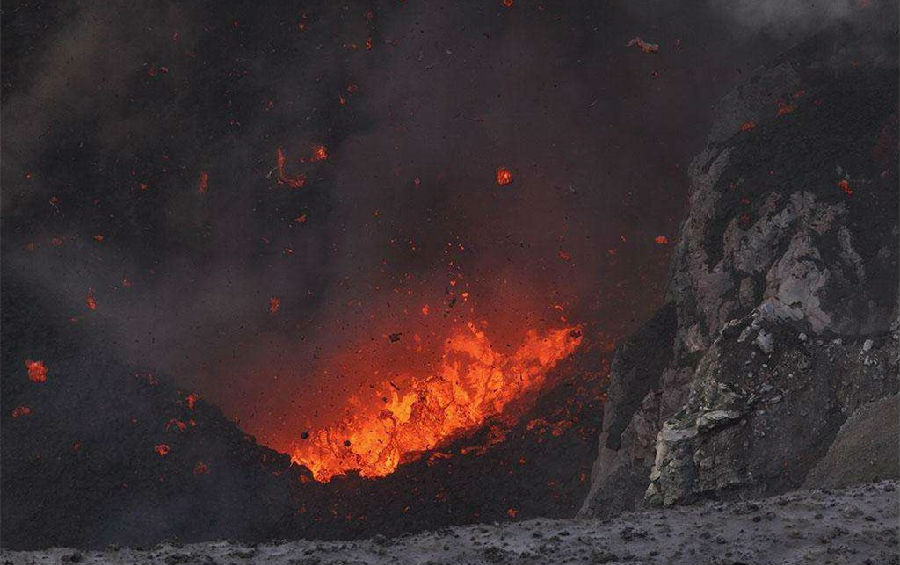The luckiest person on that day was a graduate student named Harry Glicken. He had been manning an observation post 5.7 miles from the mountain, but he had a college placement interview on May 18 in California, and so had left the site the day before the eruption. His place was taken by David Johnston. Johnston was the first to report the volcano exploding; moments later he was dead. His body was never found. Glicken's luck, alas, was temporary. Eleven years later he was one of forty-three scientists and journalists fatally caught up in a lethal outpouring of superheated ash, gases, and molten rock—what is known as a pyroclastic flow—at Mount Unzen in Japan when yet another volcano was catastrophically misread.

Volcanologists may or may not be the worst scientists in the world at making predictions, but they are without question the worst in the world at realizing how bad their predictions are. Less than two years after the Unzen catastrophe another group of volcano watchers, led by Stanley Williams of the University of Arizona, descended into the rim of an active volcano called Galeras in Colombia. Despite the deaths of recent years, only two of the sixteen members of Williams's party wore safety helmets or other protective gear. The volcano erupted, killing six of the scientists, along with three tourists who had followed them, and seriously injuring several others, including Williams himself.












